
pinna nobilis JuzaPhoto
A mass mortality event (MME) impacting the bivalve Pinna nobilis was detected across a wide geographical area of the Spanish Mediterranean Sea (Western Mediterranean Sea) in early autumn 2016. Underwater visual censuses were conducted across several localities separated by hundreds of kilometers along the Spanish Mediterranean coasts and revealed worrying high mortality rates reaching up to.

pinnanobilis LaMaddalena.info
A European Union-supported project to protect the Pinna Nobilis, known as the 'noble pen shell' or 'fan mussel,' a species formed 20 million years ago and now at risk of extinction due to climate change, is underway in Italian and Slovenian waters.

Kostas Ladas photography Pinna nobilisΠίννα
The case. The fan mussel Pinna nobilis (Linnaeus, 1758), an endemic and protected bivalve of the Mediterranean Sea, is affected by a Mass Mortality Event (MME) provoked by the parasitic protozoan Haplosporidium pinnae started in 2016 in Spanish waters. The populations of Pinna nobilis in the open sea have almost completely disappeared from the Mediterranean coasts, with a mortality rate close.
Pinna nobilis 106 Ravaglioli conchiglie
From May to October 2019, multiple mass mortality events (MMEs) of Pinna nobilis were observed along Croatian coastline starting from the south-east and rapidly progressing in north-western direction. Time dynamics of the MMEs closely followed general speed and direction patterns of surface sea-currents, advancing approximately 350 km in less than 3 months. Surveillance, clinical evaluation.
Pinna nobilis 106 Ravaglioli conchiglie
The fan mussel, Pinna nobilis, represents the largest bivalve endemic to the Mediterranean Sea.Since 2016, dramatic mass mortality of this species has been observed in several areas. The first surveys suggested that Haplosporidium pinnae (currently considered species-specific) was the main etiological agent, but recent studies have indicated that a multifactorial disease may be responsible for.

72144186_10216622215441447_3767576807046381568_o
The pen shell Pinna nobilis (Linnaeus, 1758) is the largest endemic bivalve mollusc of the Mediterranean Sea, listed as an endangered species in the European Union.
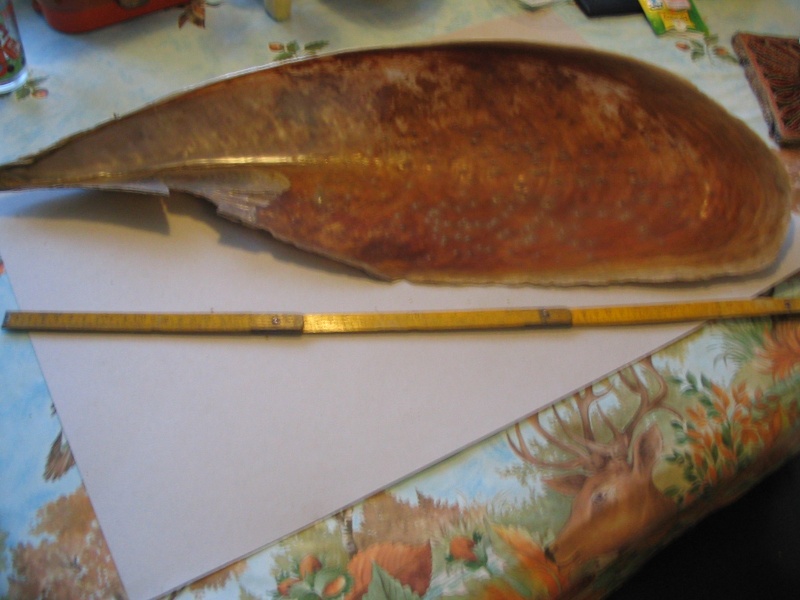
Pinna nobilis
Parasite causing massive outbreak of Mediterranean penshell Pinna nobilis continues to extend rapidly, revealing need for further and urgent action.Following a first outbreak in 2016, which caused the mortality of around 99% of the population in Spain, the spread of a disease caused by an haplosporidian parasit and perhaps other mycobacteria is.
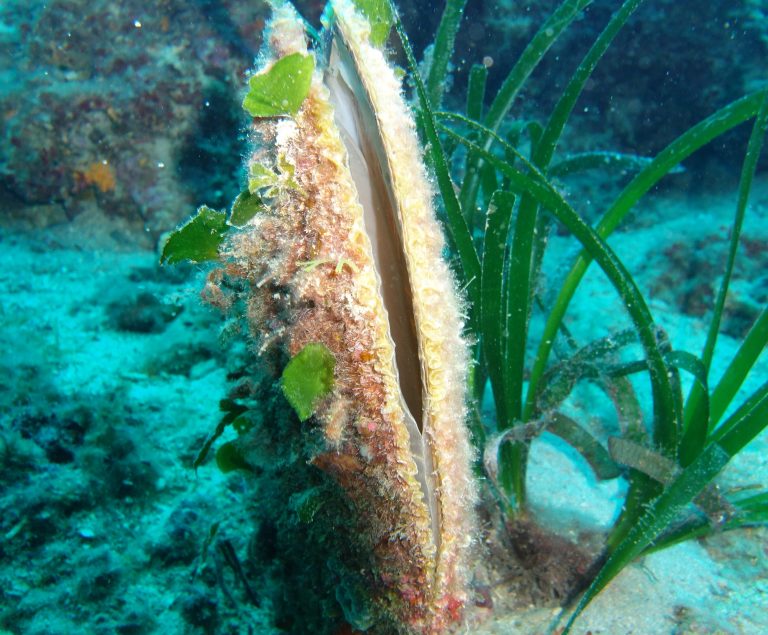
Scheda 3.6 Pinna Nobilis Valle del San Lorenzo
Abstract The fan mussel, Pinna nobilis, endemic to the Mediterranean Sea, is a critically endangered species facing mass mortality events in almost all of its populations, following the.

Konoba Pinna Nobilis aus Hallein Speisekarte
Introduction. The pen shell, Pinna nobilis Linnaeus, 1758, is one of the most imposing endemic bivalves in the Mediterranean (MacDonald and Barrett, 2008). It reaches up to 120 cm in size (García-March et al., 2007) with a suggested age of up to 45 years (Rouanet et al., 2015) and can be found in coastal areas at depths of 0.5 - 60 m (Templado et al., 2004).
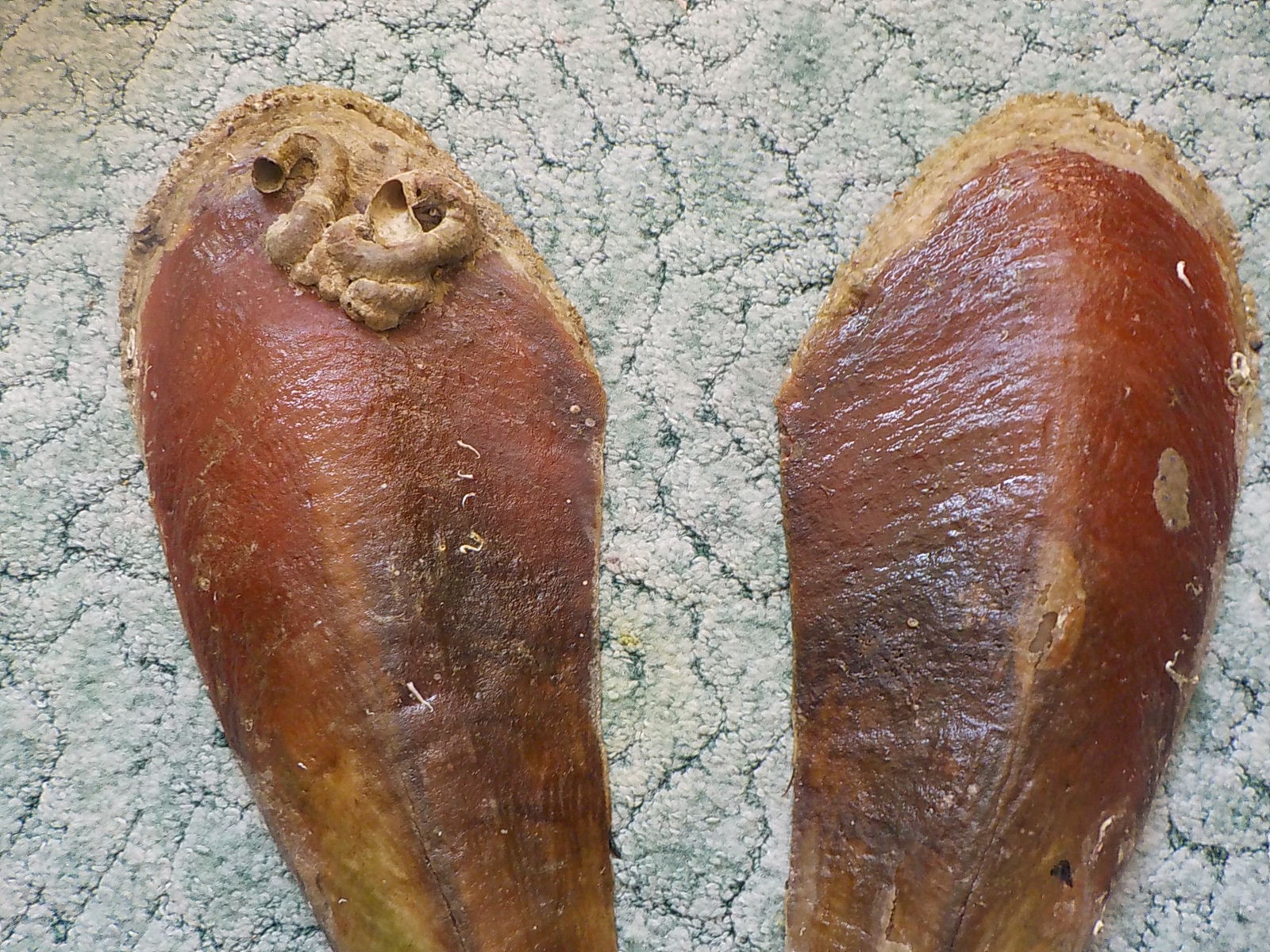
PINNA NOBILIS
33 researchers and representatives from the public administrations from 13 Mediterranean countries engaged in an online meeting facilitated by IUCN-Med, to present the latest mortality data and progress to recover the Critically Endangered (CR) populations of Pinna nobilis, now included on the IUCN Red List of Threatened Species™.

Pinna Nobilis Sardegna 2014Web YouTube
1. Introduction. The pen shell Pinna nobilis (Linnaeus, 1758), reaching a size of up to 120 cm (Zavodnik et al., 1991), is the largest bivalve of the Mediterranean Sea (where it is endemic), and ranks amongst the largest in the world.It occurs at depths between 0.5 and 60 m, mostly on soft-bottom areas overgrown by seagrass meadows, but also occasionally on bare sandy substrate and maërl beds.
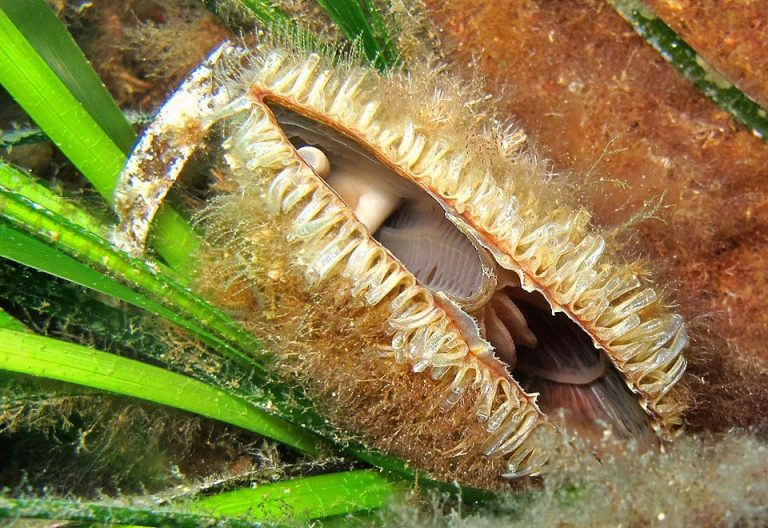
Pinna nobilis Monaco Nature Encyclopedia
Pinna nobilis, whose common name is the noble pen shell or fan mussel, is a large species of Mediterranean clam, a marine bivalve mollusc in the family Pinnidae, the pen shells. It reaches up to 120 cm (4 ft) of shell length. It produces a rare manganese-containing porphyrin protein known as pinnaglobin.

La Pinna nobilis Il Piccolo
A newly described Haplosporidian endoparasite ( Haplosporidium pinnae) is the most probable cause of this ecological catastrophe placing one of the largest bivalves of the world on the brink of.

AMATÖR OLTA BALIKÇILIĞI Pinna nobilis
Recently, Pinna nobilis pen shells population in Mediterranean Sea has plummeted due to a Mass Mortality Event caused by an haplosporidian parasite. In consequence, this bivalve species has been included in the IUCN Red List as "Critically Endangered". In the current scenario, several works are in progress to protect P. nobilis from extinction, being identification of hybrids (P. nobilis x.
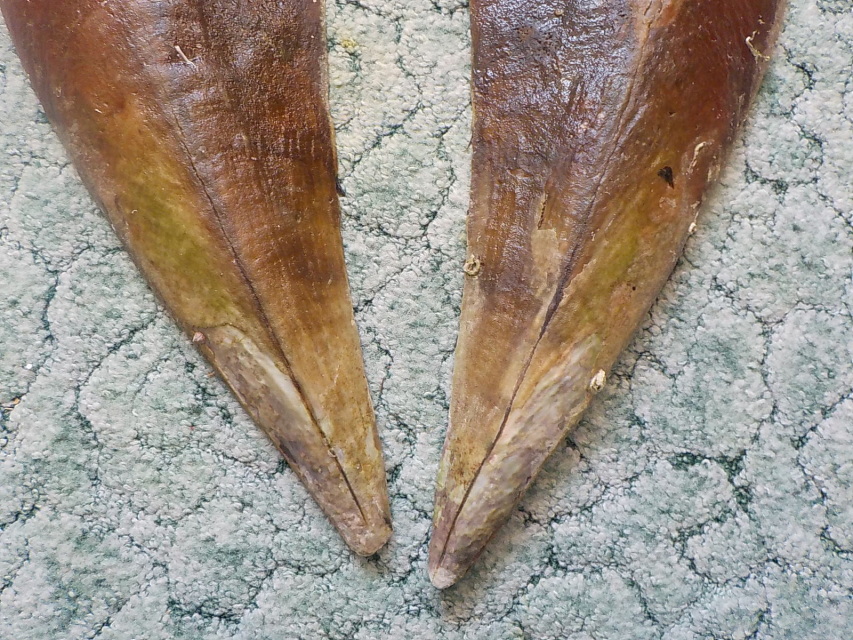
PINNA NOBILIS
The noble pen shell Pinna nobilis is a Mediterranean endemic and emblematic giant bivalve. Already considered by the late 20th century to be an endangered species, it is facing a dramatic and rapidly expanding epizooty that has decimated populations since mid-2016.

Pinna nobilis, common name the "noble pen shell", over black Stock
The bivalve pen shell Pinna nobilis is an endemic Mediterranean species and among the largest bivalves worldwide, playing an important ecological role for soft bottom communities and contributing.